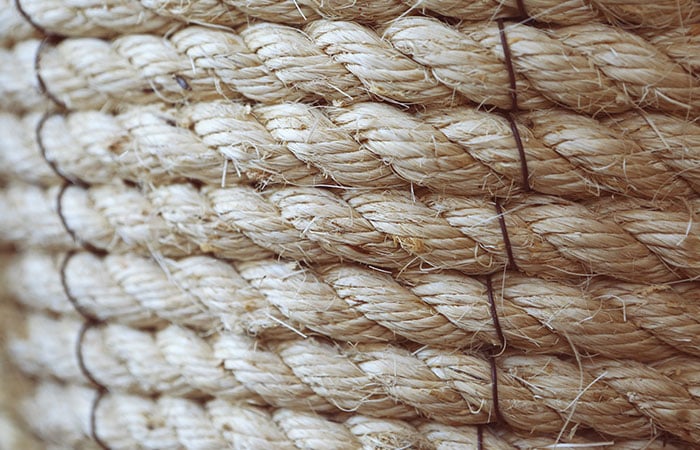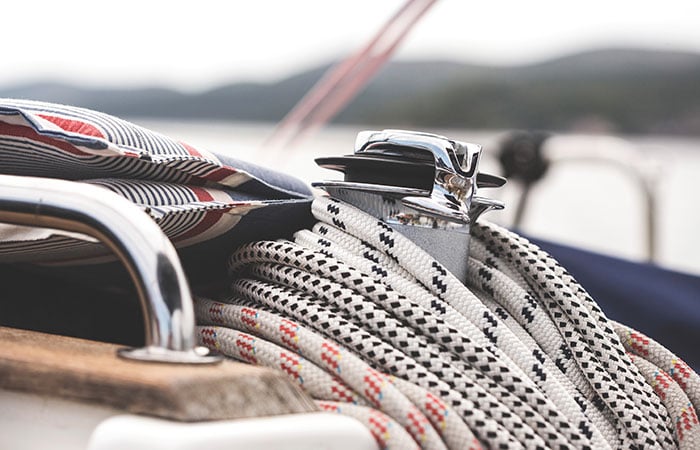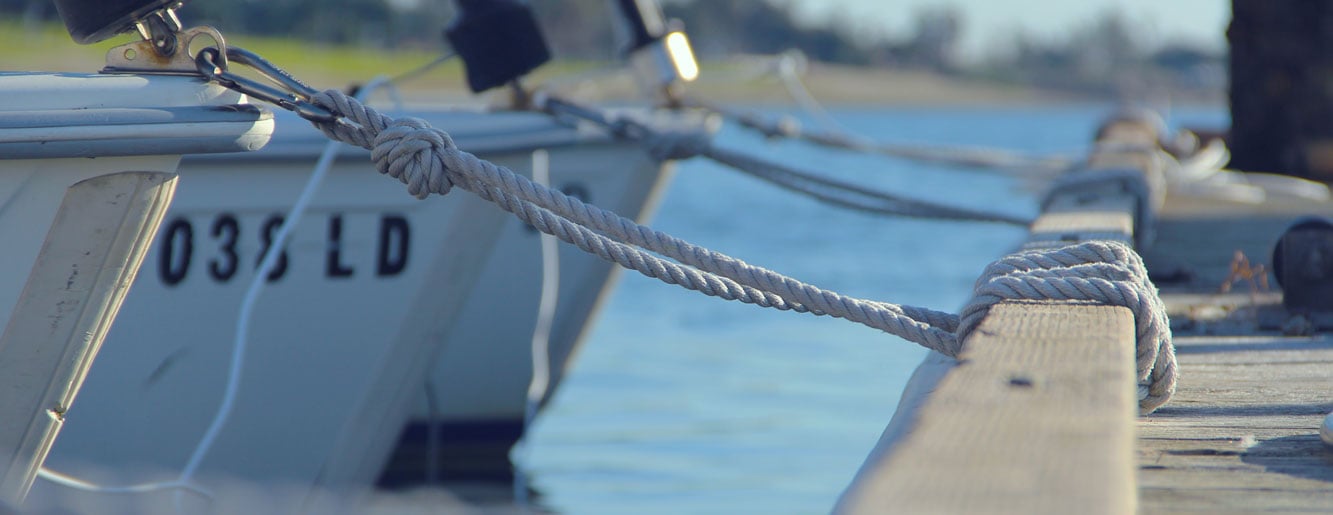Yachts
A Scout's Guide to Boating Knots
Knot-tying has a variety of purposes, but the usual reason to tie a knot is to connect two pieces of cord or rope. When boating or sailing, whether on yachts or smaller watercraft, tying knots is an important skill, as boaters need knots to secure their vessels to a pier, as well as to assemble and repair rigging for sails or nets. Some knots are only intended to hold things together temporarily, while others are designed to be very secure. Security and safety often rest on the type of knot you choose to use and the quality of the knots you tie in your line.

Overview and Uses of Line and Knots
- All rope becomes “line” once it is on boats or yachts.
- Knots are used to tie lines. Bends are knots that tie lines to each other, while hitches tie lines to objects.
- Rope or line has parts that you need to learn about before you learn to tie knots. The bitter end is the part near the end of the line that is tied off. The standing end of the rope is the portion not involved with tying a knot. The working end of the rope, or the tail, is the portion involved with the knot. A loop is a full circle of rope, created with the working end of the rope in the process of making a knot.
- Coil a rope neatly to keep it safely out of the way and have it ready for quick use when you need it. Make large loops with the rope and hold them together. When you’re almost out of line, bring the end around the loops to gather them together, and wrap it several times. Insert the end of the rope through the loops above the wrap to secure it.
- Boaters need to dock or moor their boats to secure them. The knots used to moor a boat must be secure or else the boat may not remain in place. A line can attach to the anchor with a knot to keep the anchor secured. Boaters often tie ropes around posts or stakes to secure the rope to shore. Different types of knots have different uses on a boat. For instance, when tying two lines together, a boater may use a reef knot, while a figure-eight knot is useful for creating a holding point on a line.
Overview of Common Knots
- Tie a bowline knot by making a small loop about eight inches from the end of a line. Insert the working end of the line up through the loop from underneath. Wrap the end of the line around the standing end, just above the loop. Insert the end of the line back through the loop from above and tighten.
- Tie a square knot or a reef knot to join two lines. Situate the lines so the working ends are beside each other with each line coming from the opposite direction. Tie the two lines together with an overhand knot. At this point, the bitter end of the line on the right should be extending from on top of the other line and the bitter end of the line on the right should be extending from under the other line. Tie a second overhand knot, keeping the same line on top and the same line underneath. Tighten the square knot by pulling both bitter ends.
- Tie a figure-eight knot by making a “U” at the point where you want the knot. Place the working end of the rope over the standing end. Place the working end under the standing end and bring it back around. Insert the working end through the loop created, and pull the ends tight.
- Tie a clove-hitch knot. Wrap the line around a post or a piling, pulling the working end so it passes over the standing end once and then continues around again. With the working end around a second time, pass it between the rope and the piling. Tighten the ends by pulling them.
- Tie two half hitches. Wrap the working end of a line around a post. Wrap the working end under and over the standing end to make a loop. Insert the end through the loop. Repeat by wrapping the working end again in the same fashion and inserting the end through the new loop. This knot is considered to be a temporary knot.

Cleanliness in Boating
- A clean boat is important for several reasons. Maintaining a boat or yacht and its equipment with regular cleaning makes it last longer. Cleaning your boat also prevents the spread of harmful species between different bodies of water.
- Cleaning a boat after each use is especially important if you boat in bodies of salt water.
- Non-native species can spread among bodies of water if boaters do not wash their boats completely after going out on the water.
- Boats won’t move through the water well if boaters don’t clean them regularly.
- Clean the ropes with fresh water when they are dirty. Allow the ropes to dry completely before putting them away.
- It’s important to keep the ropes clean, as dirty ropes will wear out more quickly.
Safety Tips
- Boating safety involves keeping a boat clean and well-maintained, operating it safely, and using life jackets for all passengers.
- Anyone who plans to buy or operate a boat or yacht should take a boat safety course first to learn all about safety, navigation, and the rules of the water.

